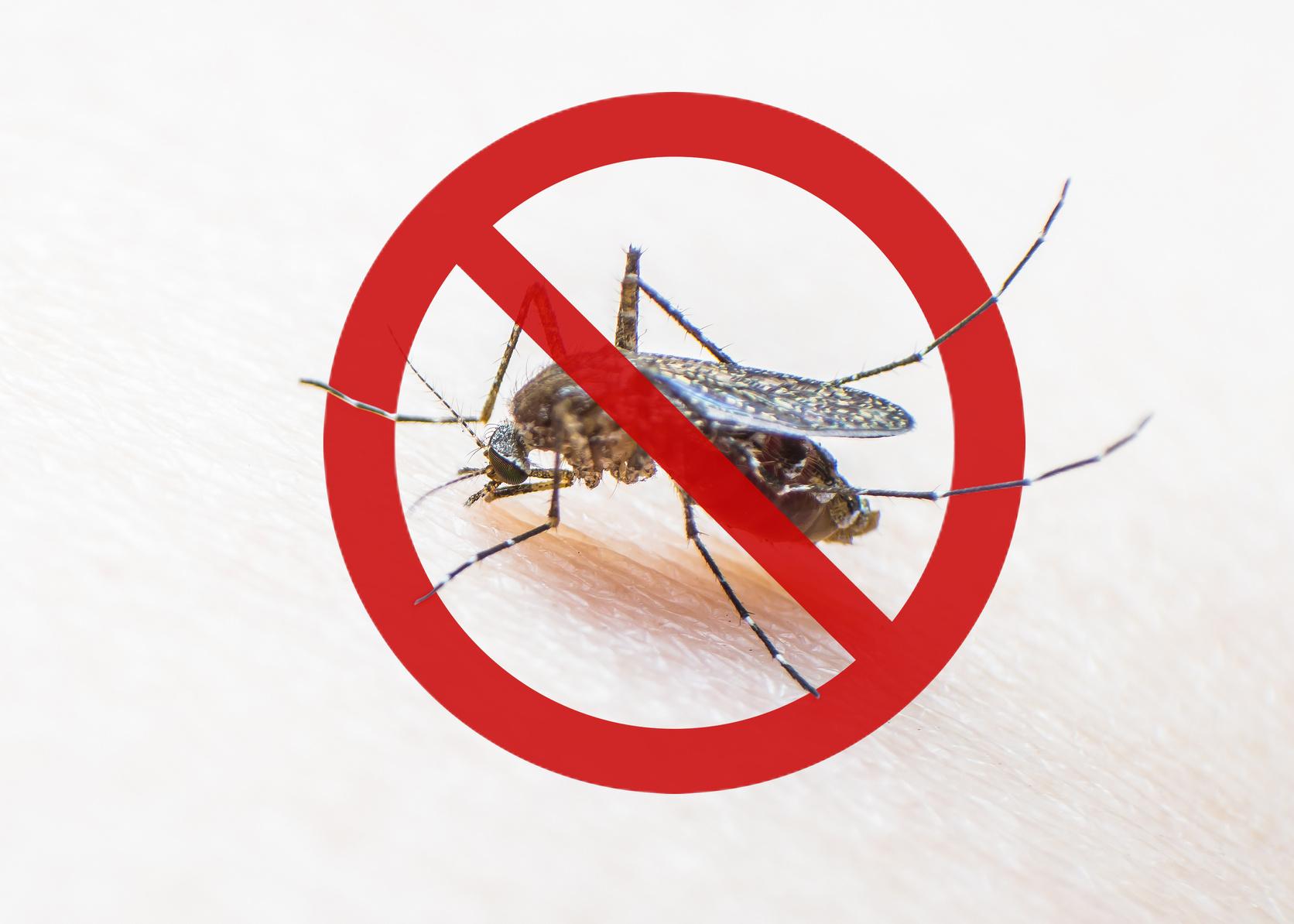
1 minute read
Research in high-impact factor journals:
Efficacy of pyriproxyfen-pyrethroid
LLINs and chlorfenapyr-pyrethroid
LLINs for malaria control in Benin
Lancet (IF - 202.731)
New classes of long-lasting insecticidal nets (LLINs) combining mixtures of insecticides with different modes of action could put malaria control back on track after rebounds in transmission across sub-Saharan Africa. This study evaluated the relative efficacy of pyriproxyfen-pyrethroid LLINs and chlorfenapyrpyrethroid LLINs compared with standard LLINs against malaria transmission in an area of high pyrethroid resistance in Benin.
Interpretation
Over 2 years, chlorfenapyr-pyrethroid LLINs provided greater protection from malaria than pyrethroid-only LLINs in an area with pyrethroidresistant mosquitoes Pyriproxyfen-pyrethroid LLINs conferred protection similar to pyrethroid-only LLINs. These findings provide crucial second-trial evidence to enable the WHO to make policy recommendations on these new LLIN classes This study confirms the importance of chlorfenapyr as an LLIN treatment to control malaria in areas with pyrethroid-resistant vectors However, an arsenal of new active ingredients is required for successful long-term resistance management, and additional innovations, including pyriproxyfen, need to be further investigated for effective vector control strategies.
*Read the full study
COVID-19 infection, reinfection, and the transition to endemicity
Lancet (IF - 202,731)
Understanding the protection conferred by previous infection against repeat infection, illness, and severe disease is key to projecting the future epidemiology of COVID-19 and to guiding vaccine policy decisions In The Lancet, The COVID-19 Forecasting Team report data from a systematic review and meta-analysis of 65 studies from 19 different countries estimating the reduction in COVID-19 risk among individuals with previous SARS-CoV-2 infection, compared with those without previous infection.
This analysis is particularly important following the emergence of the omicron variant in late 2021, with rapid spread globally Currently, in most parts of the world, COVID-19 is dominated by different omicron sublineages, with the ongoing emergence of new sublineages demonstrating the importance of potential immune escape
The COVID-19 Forecasting Team found a high level of protection against reinfection and symptomatic disease for ancestral, alpha, beta, and delta variants (mean pooled estimate >82%) but substantially lower protection (approximately 45%) for the omicron BA 1 variant Protection against severe disease was high for all variants evaluated (>85% at 40 weeks)
*Read the full article











